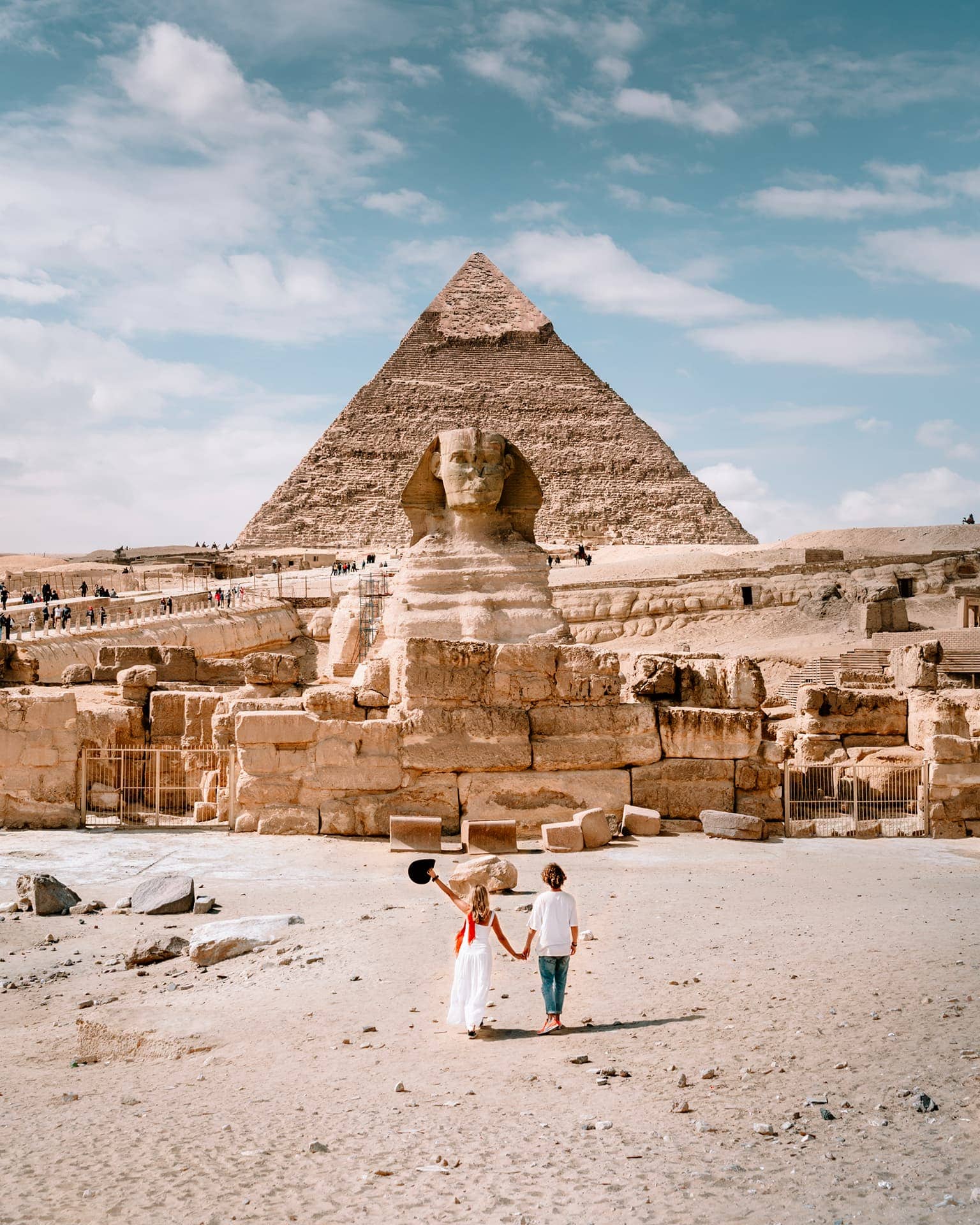The Unfinished Northern Pyramid of Zawyet El Aryan, also known as the Pyramid of Baka or Bikheris, is a remarkable archaeological site in Egypt. Here are more details:
-
Construction and Attribution:
- Date: It likely belongs to the early or mid-4th Dynasty (around 2613–2494 BC) during the Old Kingdom period.
- Owner: Uncertain, but possibly a king known as Bikheris (hellenized name), perhaps from the Egyptian Baka. Some Egyptologists doubt this attribution.
- Structure: Originally intended as a true pyramid with a base of 200 meters, it was never completed. No casing stones have been found.
- Architectural Prowess: The pyramid’s monumental size and architectural features astounded early explorers. The precision of cuts, granite finish, and sheer height of walls left an indelible impression.
-
Inscriptions and Mystery:
- Chamber Inscriptions: Numerous inscriptions within the chamber and descending stairway are written in black and red ink.
- Cartouche Name: The correct reading of the cartouche name remains elusive. Proposed interpretations include Nebka, Bik-Ka, Schena-Ka, and Nefer-Ka.
- Tantalizing Mystery: Scholars continue to debate the identity of the pyramid’s builder, leaving us with an intriguing puzzle.
-
Current State
The Unfinished Pyramid stands as a testament to ancient Egypt’s architectural mastery and the enigmatic stories hidden within its stone walls. 🌟
 English
English











